General Info – summary
This dioecious and often-evergreen Tree may be buttressed & reach 35m high. Compound imparipinnate Leaves lack stipules & petiolules are present. Leaflet apex tapers & the base is asymmetrical. Small, regular, white unisexual Flowers are in panicles. 10 Stamens rest on a basin-shaped tube. In female trees the superior ovary has a short thick style. Small, ripe, edible Fruit is a red drupe with up to 4 seeds.
Description
Ekebergia capensis
Previous Names: Ekebergia buchananii, Ekebergia complanata, Ekebergia holtzii, Ekebergia meyeri, Ekebergia mildbraedii, Ekebergia petitiana, Ekebergia roupelliae, Ekebergia rueppelliana, Ekebergia senegalensis, Ekebergia bucjananii, Trichilia ekebergia, Trichilia ruepelliana.
SA Tree No. 298.
Common names: (Afr) Es, Esseboom, Essehout, Essenhout, Kaapse Essenhout, Kaapse-essenhout, Rooi-essehout, Rooi-essenhout, Transvaalessehout, Transvaalessenhout, Transvaal-essenhout, Vaalessehout, Vaalessenhout, Vaal-essenhout. (Eng) Cape Ash, Dog Plumb, Dogplum, Mountain Ash, Plum. (isiXhosa) Umgwenye Wezinya, Umgwenyezinja, Umgwenyuizinja, Umgwenya-wezinja, Umgwenye-wezinja, Umgwenyezinja, Umgwenyuizinja, Umnyamati. (isiZulu) Isimanaye, Umathunzini, Umathunzini-wezintaba, Umathunzini-we-zintaba, Umgwenya-Wezinja, Umanaye, Umnyama, Umnyamathi, Umquehle, Umthoma, Usimanaye, Uvungu. (Northern Sotho) Mmaba, Mmidibidi. (siSwati) Inwamati, Inyamati. (Setswana) Motshai. (Tshivenda) Mudouma, Mutovuma. (isiXhosa) Umgwenye Wezinya, Umgwenyezinja, Umgwenyuizinja, Umgwenya-wezinja, Umgwenye-wezinja, Umgwenyezinja, Umgwenyuizinja, Umnyamati. (isiZulu) Isimanaye, Umathunzini, Umathunzini-wezintaba, Umathunzini-we-zintaba, Umgwenya-Wezinja, Umanaye, Umnyama, Umnyamathi, Umquehle, Umthoma, Usimanaye, Uvungu. N.B. The Ash mentioned here is not a true ash tree, which is in the olive family – Oleaceae in the genus Fraxinus).
Family: Meliaceae (Mahogany family). This family of mainly shrubs and small trees has 50+ genera and 570+ species. Most members are trees or shrubs. Perhaps the best-known local alien tree in this family is the seringa (The scientific name is Melia azedarach) with its poisonous yellow berries. This tree is considered invasive in the South Africa. In southern Africa, there are about 6 genera and 11 species. Those genera with trees include Ekebergia, Nymania, Khaya and Trichilia. Most trees are evergreen and Leaves are large, simple or usually pinnately compound, lack stipules and are usually alternate. They occur in a large cluster or on short shoots. The bisexual or unisexual Flowers are regular, axillary and in panicles (indeterminate, branched inflorescence with stalked flowers) or solitary. The Calyx has 4-5 sepals, which are free to near the base. The Petals are imbricate (having regularly arranged, overlapping edges). The 5 to many Stamens are free except at the base and the Anthers are dorsifixed (attached in the centre of the filament). The superior Ovary has a simple Style, which ends in a disc-like, head-like or lobed Stigma. The Fruit is a capsule or a drupe and may be winged or have a pulpy covering.
Name derivation: Ekebergia – named (by the person who first saw the tree: Andrew Sparrman) after Captain C.G. Ekeberg (1716-1784). He made 10 voyages to East India and China and brought home important natural history collections. In 1762, Carl Linnaeus got a living tea plant from Captain C. G. Ekeberg and succeeded in getting it to flower in the summer of 1765. capensis – of the Cape. At least 2 species occur in southern Africa. Another one is Ekebergia pterophylla.
Conservation: National Status: L C. (Least Concern). Assessment: 2008 (V.L. Williams, D. Raimondo, N.R. Crouch, A.B. Cunningham, C.R. Scott-Shaw, M. Lötter and A.M. Ngwenya).
Tree
This impressive medium to large Tree may reach from 20m (usually – photo 820) to 35m high (e.g., in high rainfall well drained riverine forests) and has a spread of about 8m. When growing on rocks it is usually stunted. Large trees may be buttressed (photo 764) or fluted. Horizontal Branches are strong and collectively provide good shade (photo 820). Second year branches have distinct whitish lenticels (usually raised corky oval or elongated areas on the plant that allow the uncontrolled interchange of gases with the environment – photo 944). These branches have visible almost circular leaf scars (photo 944). The ends of branches tend to droop. Bark is light grey or brown to almost black (photo 763). It remains smooth or becomes rough and may flake in small circles or squares (photo 558). There are no resin-producing ducts. Trees that grow in the open have a more rounded crown (photo 820).
- 820. 2016/10/11 Pretoria NBG. Photo: David Becking.
- 763. 2014/09/16 Lowveld NBG. Photo: David Becking.
- 558M. 2014/01/21 Walter Sisulu NBG. Photo: David Becking.
- 944. 2017/11/14 Pretoria NBG. Photo: David Becking.
- 764. 2014/09/16 Lowveld NBG. Photo: David Becking.
Leaves
This usually evergreen tree has drooping, glossy green, often hairless Leaves that turn red or yellow before falling in autumn or in cold weather (photo 26). Young leaves are folded about the leaf midrib – (photo 340) and the size of mature leaves varies considerably. Leaves are imparipinnate (compound leaf ending with a single leaflet – photo 938). A terminal Leaflet and 3-8 well-spaced pairs of lanceolate to oblong Leaflets are present. They are dark green and shiny above and a dull lighter green below (photos 938 & 939). The paired leaflets are opposite or nearly so (photo 939). They may be hairy and have a pinkish patch or edging. The Veins that loop before reaching the margin are best observed against a strong light – here the early morning sun was used (photo 264). A hand lens will help. The Apex tapers to a point and may have a drip tip. The Base tapers or is rounded and is asymmetric (not equal on both sides – photo 939). Margins are entire (with a continuous margin, not in any way indented – photo 398). The Petiole (leaf stalk) has a thickened base and is up to about 7cm long. The terminal petiolule is the longest. Petiolules (stalks of leaflets) are absent or short (up 5mm long). Stipules (basal appendages of the petiole) are absent. Leaflets of the wild plumb (Harpephyllum caffrum) are similar but stiff and do not droop like those in Ekebergia capensis.
- 26. 2014.08/19 Walter Sisulu NBG. Photo: David Becking.
- 340. 2017/10/02 Pretoria NBG. Photo: David Becking.
- 938. 2014/11/25 Walter Sisulu NBG. Photo: David Becking.
- 939. 2014/11/25.Walter Sisulu NBG. Photo: David Becking.
- 264. 2019/10/08 Pretoria NBG. Photo: David Becking. Against sun.
Flowers
The small sweet-scented, 5-merous Flowers are similar to orange blossoms: about 0,5cm in diameter. The trees are actinomorphic (Regular, symmetrical. Flowers are vertically divisible into similar halves by more than 1 plane passing through the axis). Flowers occur in loose sprays among the leaves in 8cm or longer Panicles (indeterminate, branched inflorescence with stalked flowers – photo 127). They arise in leaf axils. The green Sepals are fused at the base (photo 127). The 5 imbricate (having regularly arranged, overlapping edges, as roof tiles) Petals are white to greenish, occasionally slightly pink and each is up to 7mm long. The tree is dioecious (unisexual floral structures with functional male and female parts on separate plants). In Male Flowers there are 10 joined Stamens forming a cup or basin-shaped tube. The Filaments are united for most of their length. The Anthers and rest on this tube. In Female Flowers, there is a single Pistil (a unit of the Gynoecium, the female element of the flower, composed of the Ovary, Style and Stigma) with a sessile, superior Ovary, which has 2 ovules in each locule. There is a single, short, thick Style, which is up to 1cm long and the initially green Stigma (photo 125) may be unclearly 4-5 lobed. Flowering is dependent on favourable weather. The tree may not flower for a number of years. Bees and ants are the pollinating agents for the flowers. (Aug-Nov).
- 127. 2016/10/25 Pretoria NBG. Photo: David Becking.
- 125. 2016/10/25 Pretoria NBG. Photo: David Becking.
Fruit
The small almost spherical, apple shaped Fruit is a Drupe (a fleshy, 1-seeded indehiscent fruit with the seed enclosed in a stony endocarp; like a peach). It is up to 2cm in diameter with white flesh. The fruit changes from green (photo 538) to pink, to bright red when ripe (photo 29). Up to 4 Seeds are released when the fruit dries and splits. Arils (appendages or outer coverings of a seed and may appear as a pulpy covering) are absent. (Nov-Jun).
- 538. 2016/11/15 Pretoria NBG. Photo: David Becking.
- 29. 2017.03.21 Pretoria NBG. Photo: David Becking.
Distribution & Ecology
These Trees occur in most of the evergreen and riverine of our forests, from sea level to 2 500m. The biggest trees occur in well-drained soil with ample water supply. Location is from the Eastern Cape (less common in the Amatola mountains – (about 70km NW of East London), KwaZulu-Natal, Mpumalanga, Limpopo, to Swaziland and northwards to include Zimbabwe, Zambia to Sudan, Ethiopia, Congo, DRC and Uganda. The strong, long branches provide good shade for animals. The tree may be stunted or gnarled in scrub. The Trees are sensitive to severe frost. Pollination is by bees and ants. Fruit attracts mammals and birds (which eat the flesh and often drop the seeds). Often many young seedlings develop around waterholes as a result. In some cases, the birds consume the fruit leaving the attached seeds behind. Birds involved include hornbills, mousebirds, turacos and barbets. Nyala and bushbuck are among the game that consume fallen Leaves. The White Barred Charaxes (Charaxes brutus natalensis) is a Butterfly whose larva feeds on the leaves. Their flight period is year-round. The larvae of the common emperor Moth Bunea alcinoe also feed on the leaves.
Ethnobotany
The straw coloured to light brown, even grained, low density Wood, lacks a clearly defined heartwood and sapwood. It is susceptible to insect attack. Cured wood is easily worked and used for making furniture, panelling, broom handles, planks and for boat building. Leaves provide useful fodder during droughts. Local people consume the larvae of the large blackish cabbage tree emperor moth Bunaea alcinoe. The acidic Fruit is non-poisonous, edible and has a faint onion taste. Plants can be grown from seeds or from truncheons (stem cutting from a selected plant – used to produce genetically identical new plants) i.e., from existing male and female plants. Using this method fruit production is a lot easier to ensure. Growth rate is about 1m per year. This tree has a non-aggressive root system and becomes a good shade tree – even a street tree. It grows best in deep sandy moist soil. The growth of both drug-resistant and drug-sensitive strains of Mycobacterium tuberculosis is reported to be inhibited by Bark extracts. Local people use plant parts medicinally.
Boon, R. 2010. Pooley’s Trees of eastern South Africa. Flora and Fauna Publications Trust, Durban.
Burrows, J.E., Burrows, S.M., Lotter, M.C. & Schmidt, E. 2018. Trees and Shrubs Mozambique. Publishing Print Matters (Pty) Ltd. Noordhoek, Cape Town.
Coates Palgrave, M. 2002. Keith Coates Palgrave Trees of Southern Africa. edn 3. Struik, Cape Town.
Ginn P.J. Mcilleron W.G. and Milstein P. le S, 1989. The Complete Book of Southern African Birds. Struik, Cape Town.
Lawrence, G. H. M, 1951. Taxonomy of Vascular Plants. The Macmillan Company, New York. Tenth Printing 1965.
Palmer, E. & Pitman, N. 1972. Trees of southern Africa. Balkema, Amsterdam, Cape Town.
Schmidt, S. Lotter, M. & McCleland, W. 2002. Trees and Shrubs of Mpumalanga and the Kruger National Park.
van Wyk, B. & van Wyk, P. 1997 Field guide to Trees of Southern Africa. Struik, Cape Town.
Williams, V.L., Raimondo, D., Crouch, N.R., Cunningham, A.B., Scott-Shaw, C.R., Lötter, M. & Ngwenya, A.M. 2008. Ekebergia capensis Sparrm. National Assessment: Red List of South African Plants version 2020.1. Accessed on 2023/03/15.
Woodhall, S. 2020. Field Guide to Butterflies of South Africa, edn 2. Donnelley, RR, China.
http://plantzafrica.com/plantefg/ekebergcap.htm
http://treeco-treeco.blogspot.co.za/2011/01/ekebergia-capensis-cape-ash.html
http://worldagroforestry.org/treedb/AFTPDFS/Ekebergia_capensis.PDF
file:///C:/Users/Probook/Downloads/Ekebergia+capensis.pdf
http://posa.sanbi.org/flora/browse.php?src=SP
https://en.wikipedia.org/wiki/Charaxes_brutus

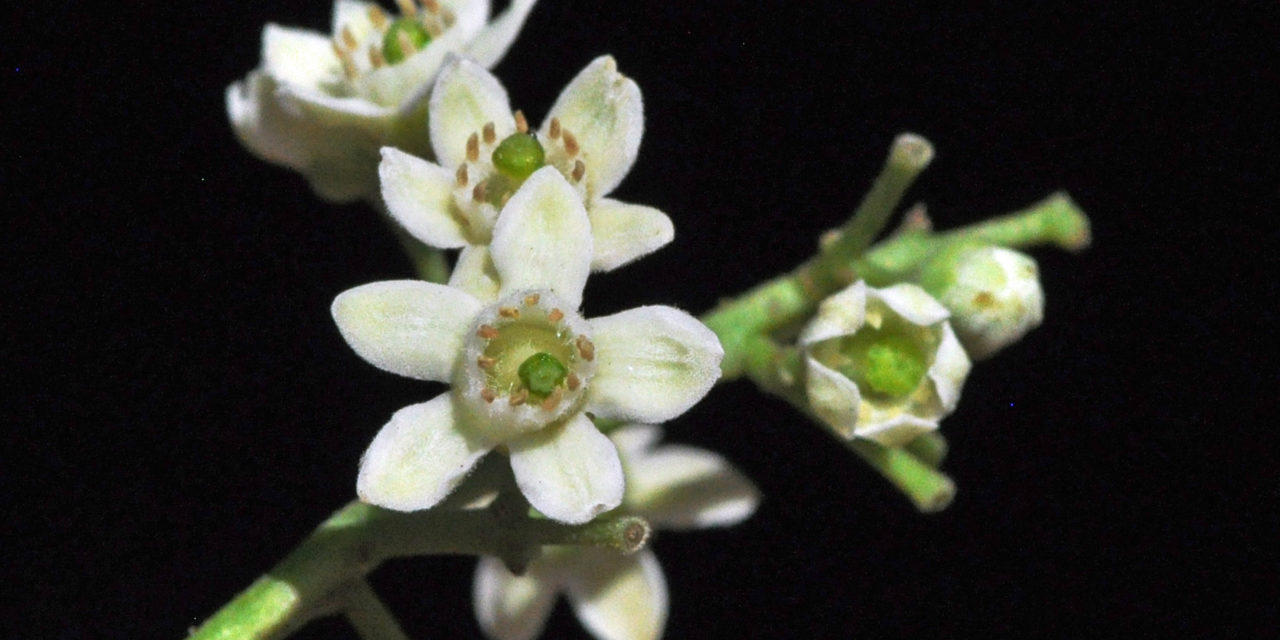
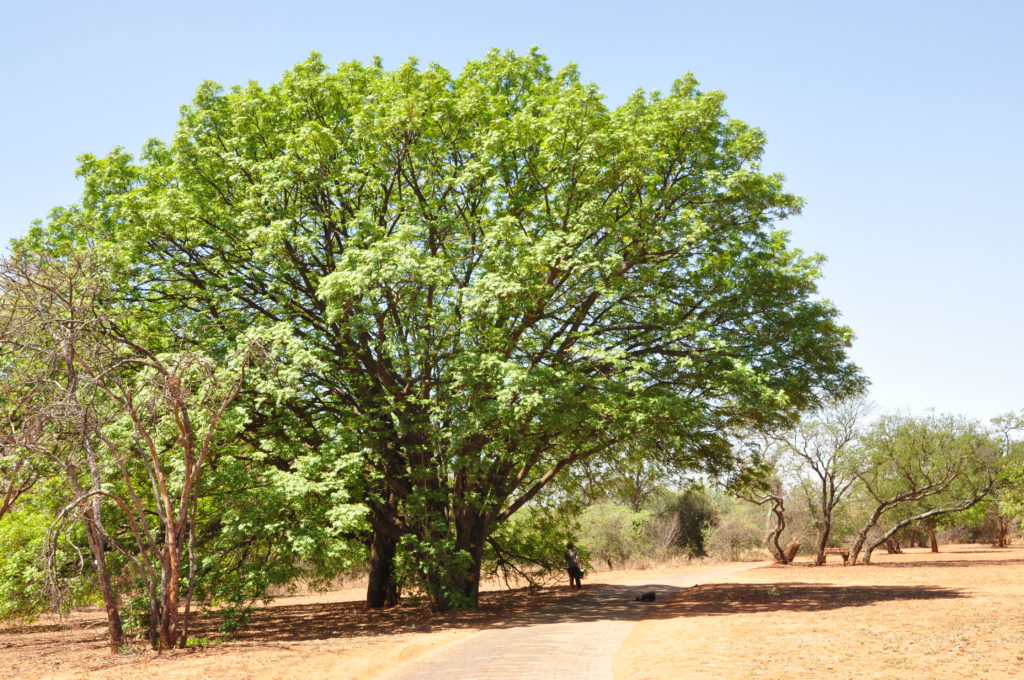
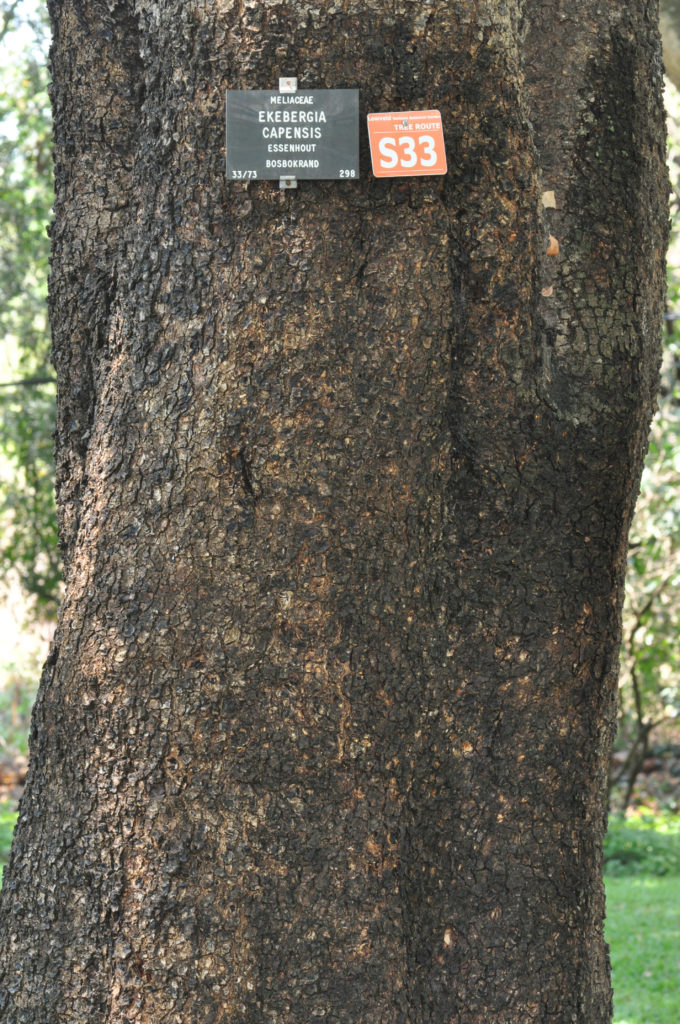
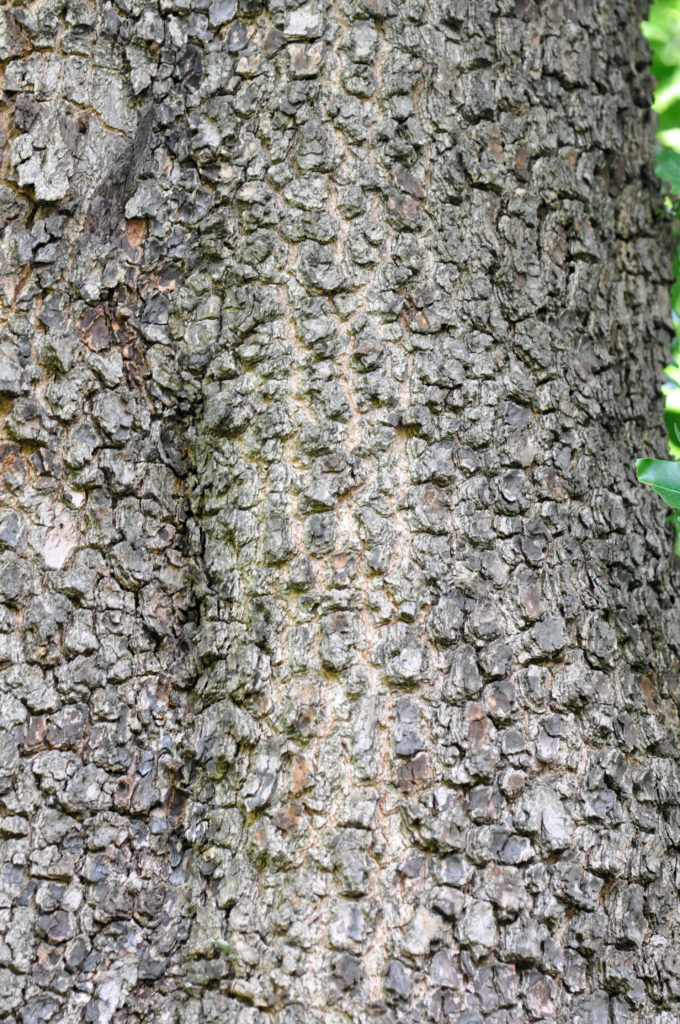
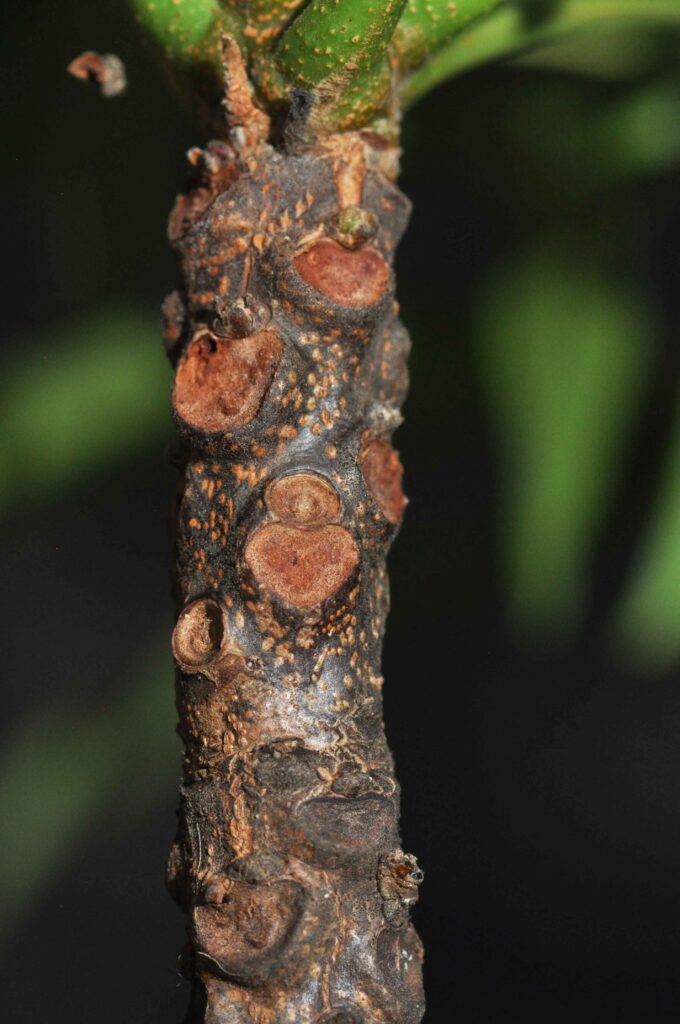
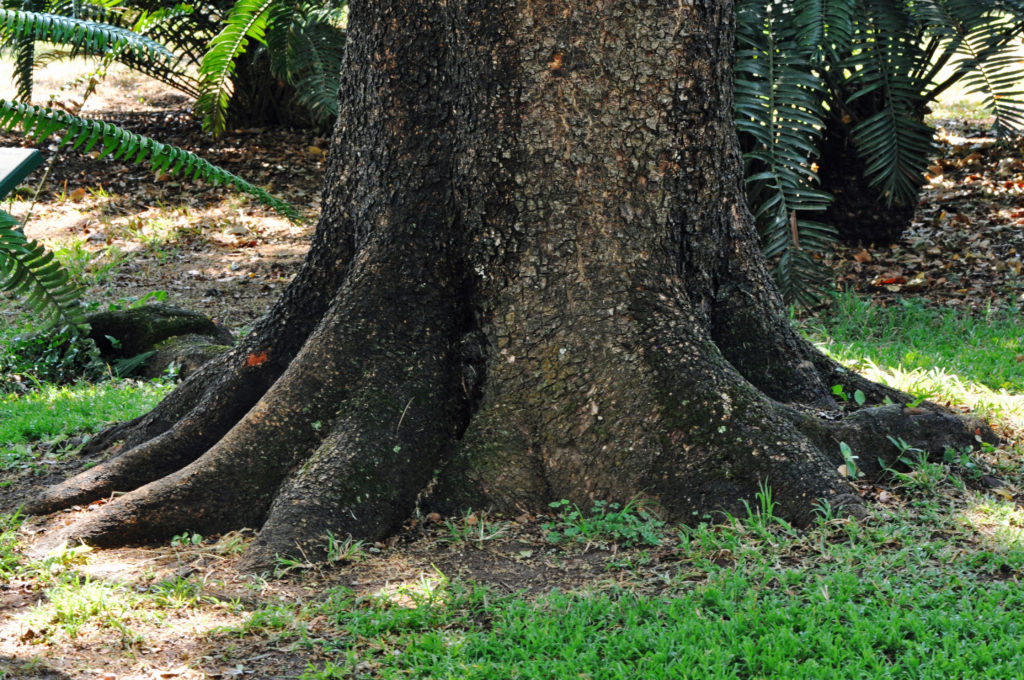
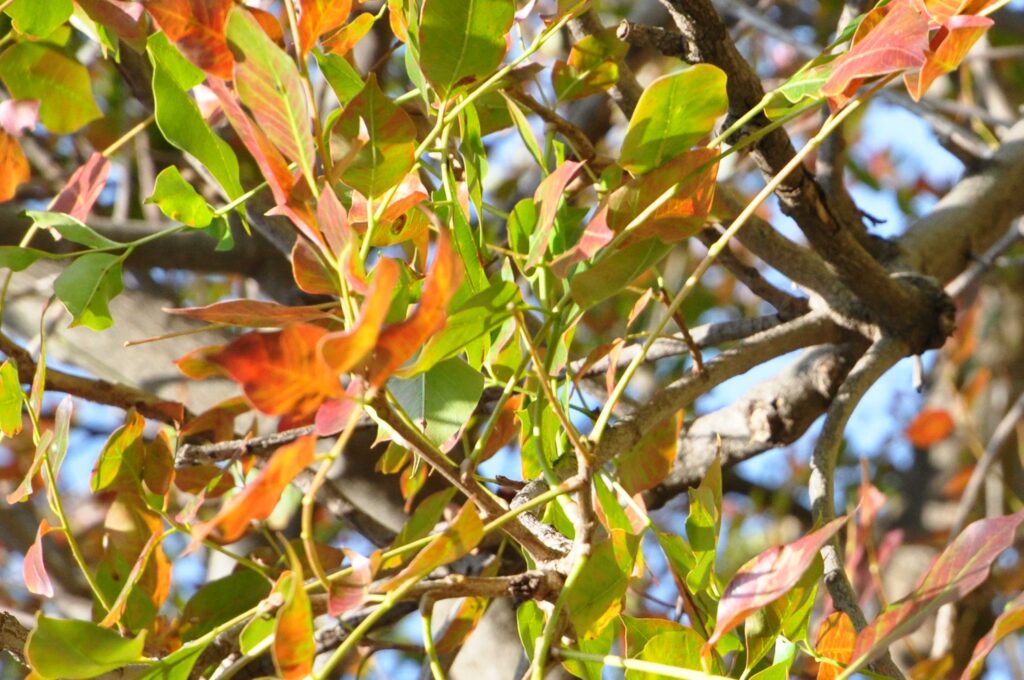
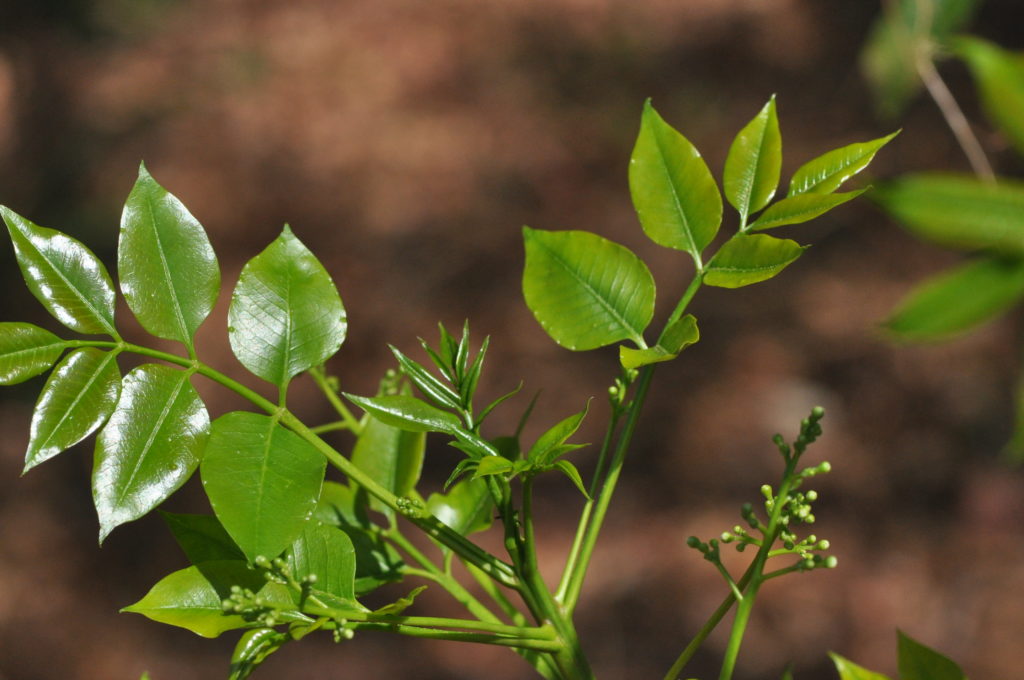
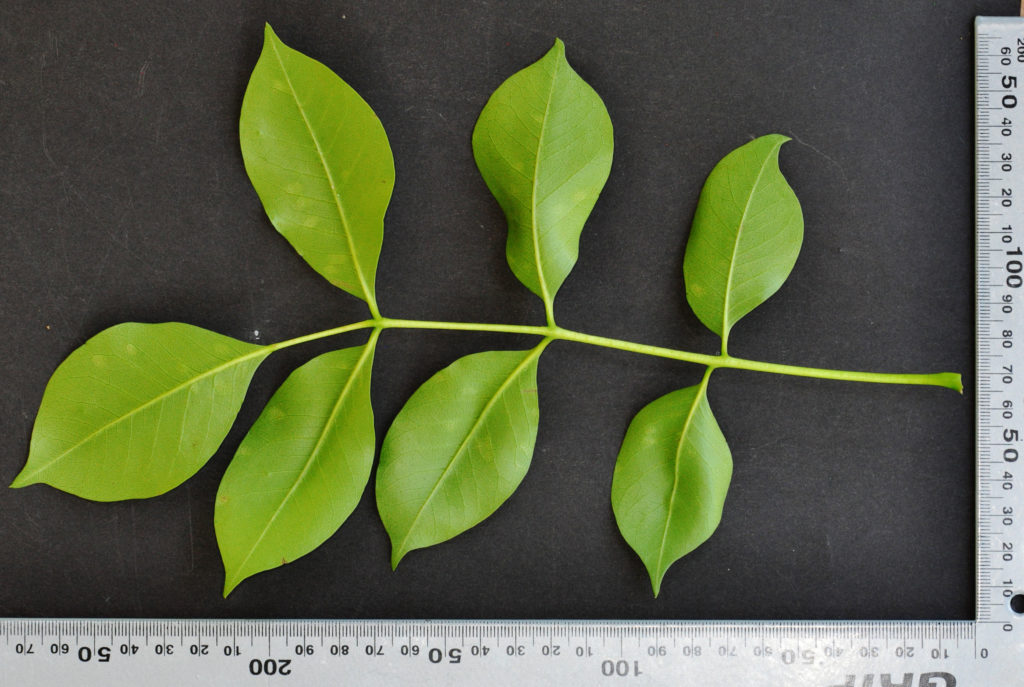
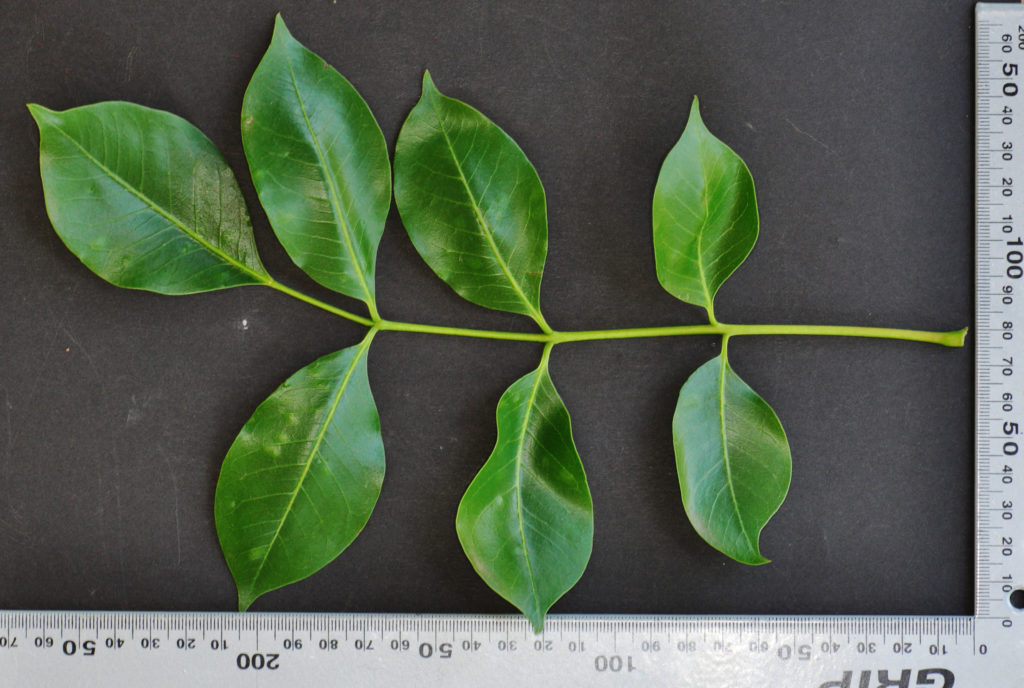
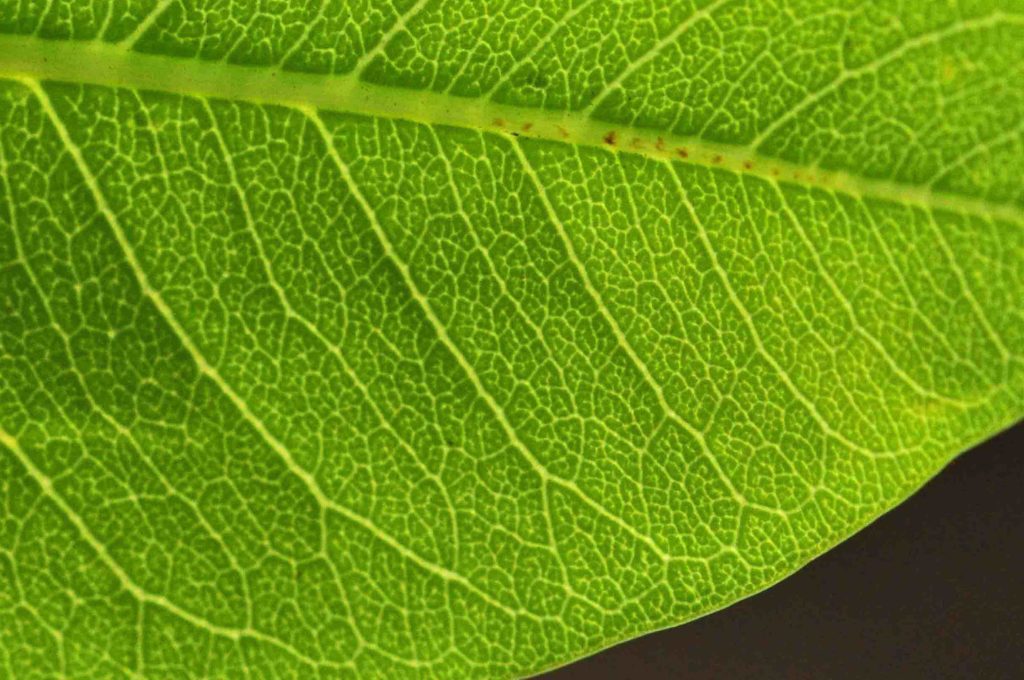
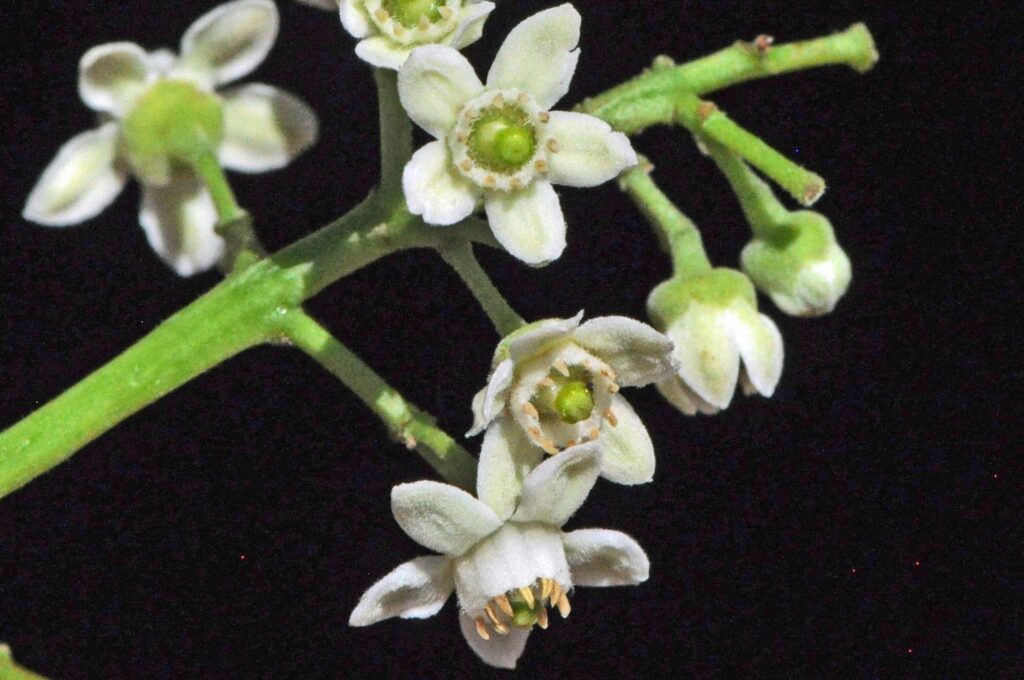
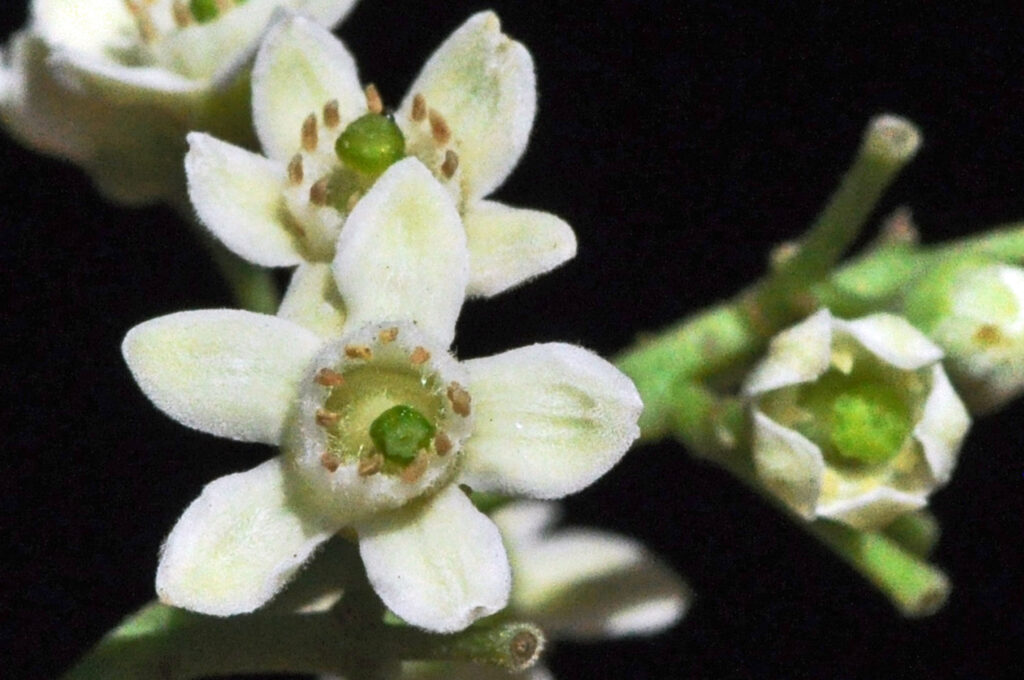
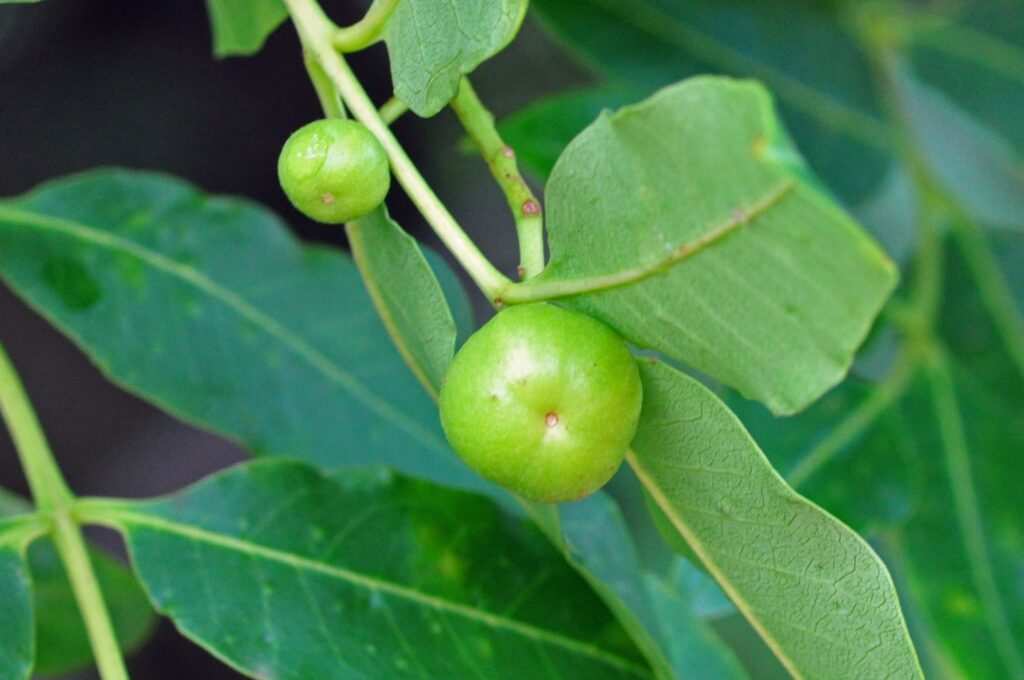
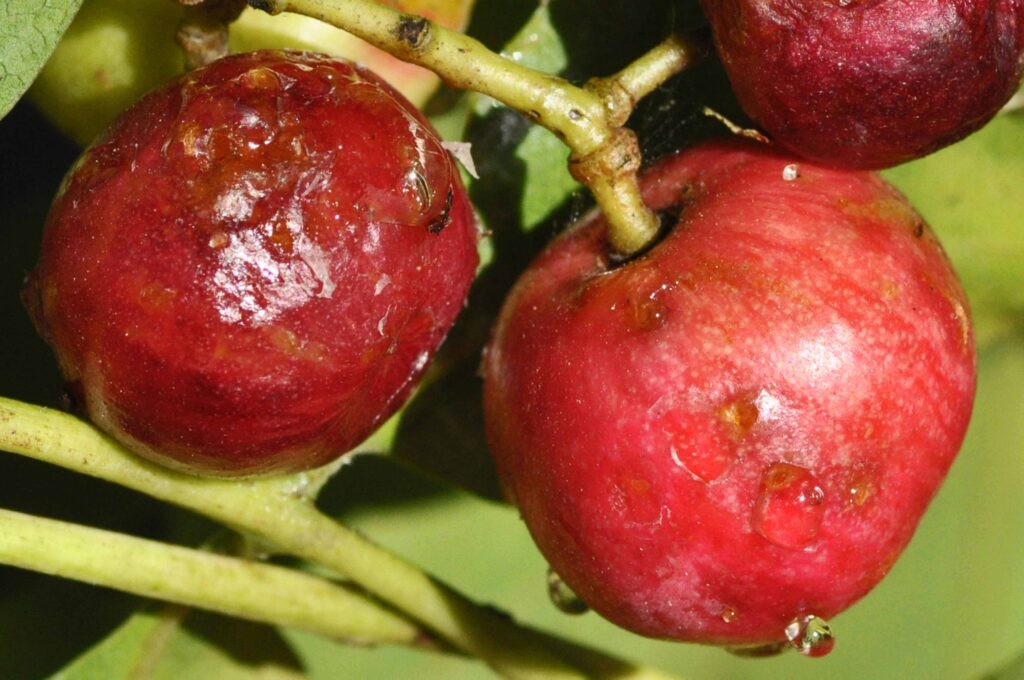
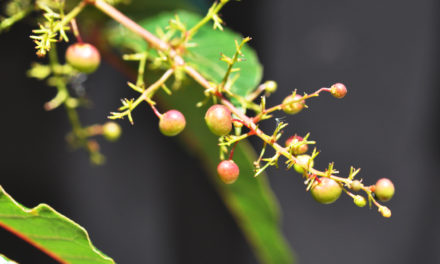
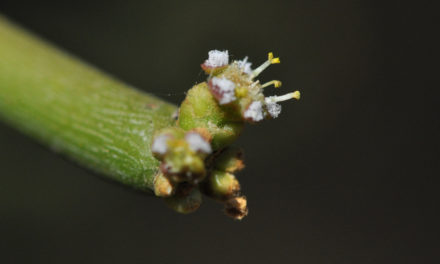

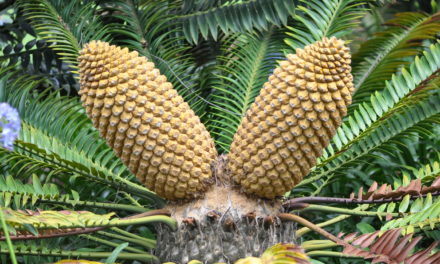
WHAT A FANTASTIC web site well done